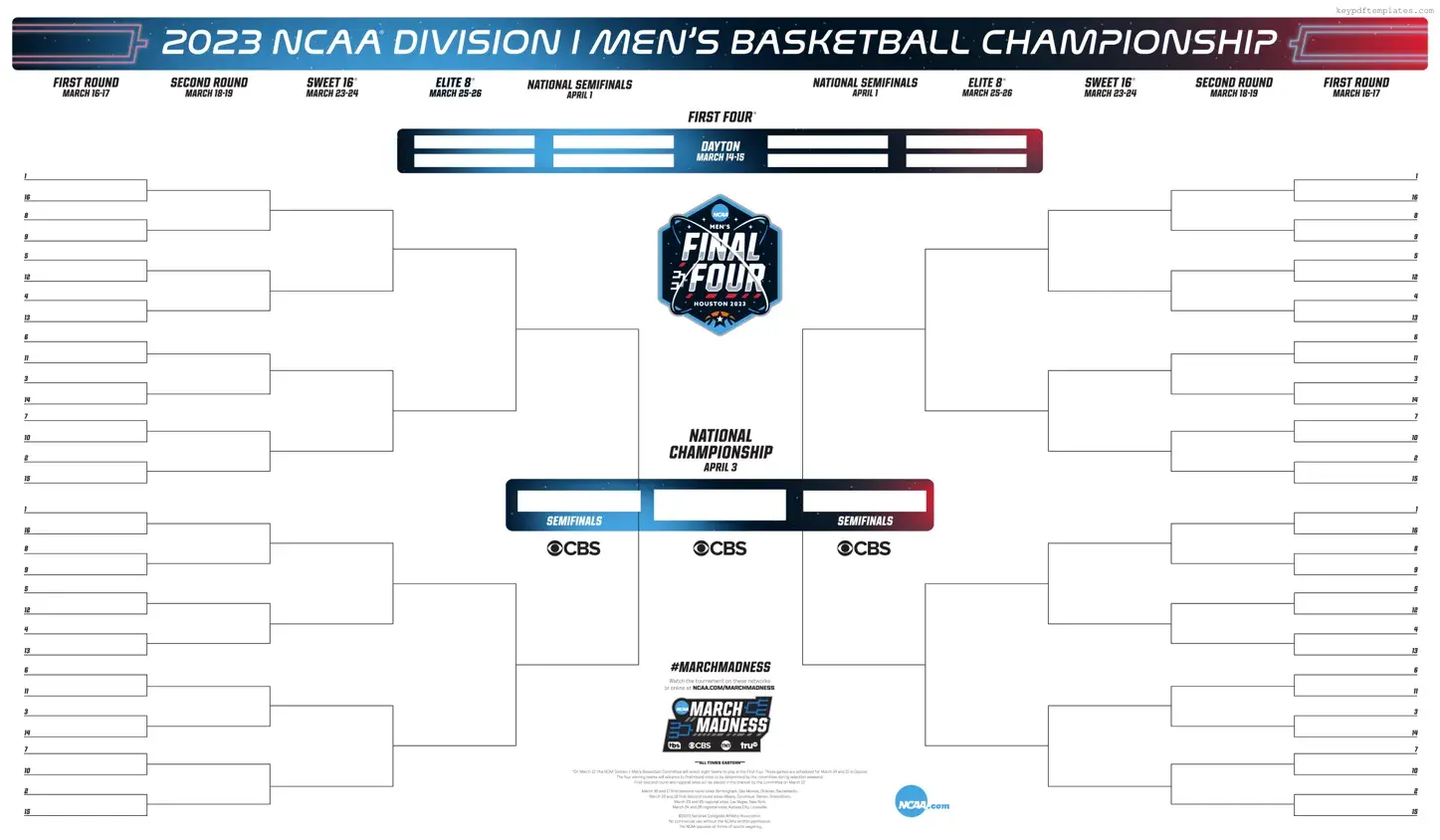The NCAA bracket is a popular aspect of college basketball, especially during the tournament season. However, several misconceptions surround the bracket format and its rules. Understanding these misconceptions can enhance the experience for fans and participants alike.
- Misconception 1: The bracket is a single-elimination tournament.
While the NCAA tournament does utilize a single-elimination format, many people believe that this means teams have no chance of redemption. In fact, each game is critical, and losing means elimination from the tournament.
- Misconception 2: All teams have an equal chance of winning.
Not all teams are created equal in the NCAA tournament. Teams are seeded based on their performance during the regular season and conference tournaments. Higher-seeded teams generally have a better chance of advancing.
- Misconception 3: The bracket is the same every year.
The NCAA tournament bracket changes annually. Selection committees evaluate teams differently each year based on various factors, including team performance, injuries, and strength of schedule.
- Misconception 4: You must fill out the entire bracket to participate.
While many people enjoy filling out the entire bracket, participation does not require completing every matchup. Some choose to fill out only certain rounds or select a few teams to follow.
- Misconception 5: The tournament is only about winning.
Though winning is a primary goal, the tournament also serves to showcase talent and promote school spirit. Many fans enjoy the experience of supporting their teams, regardless of the outcome.
- Misconception 6: Bracket predictions are purely luck-based.
While luck does play a role, many fans and analysts rely on statistics, team performance, and historical data to make informed predictions. Knowledge of the teams can significantly enhance one's chances of success.
- Misconception 7: The NCAA tournament is only for basketball fans.
The tournament attracts a wide audience, including those who may not typically follow basketball. The excitement of the games, the unpredictability, and the community engagement draw in casual viewers and fans alike.
